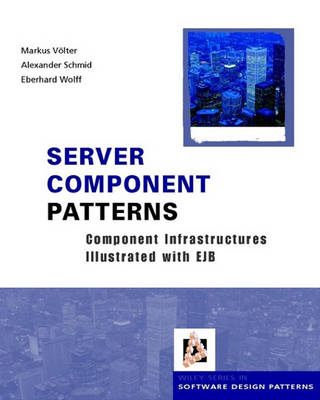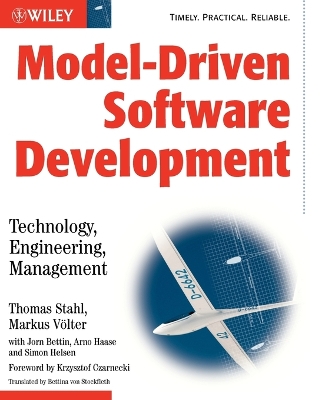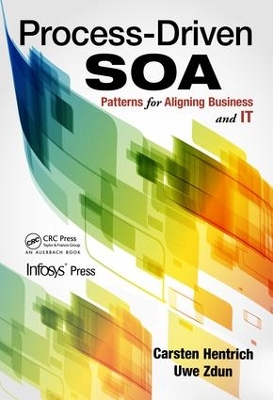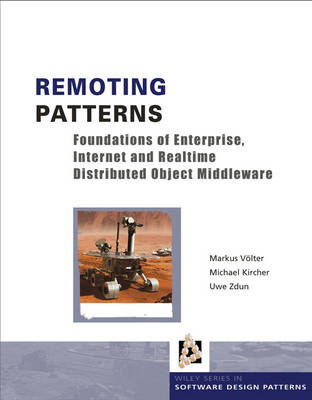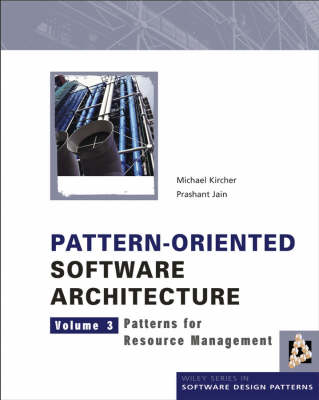Wiley Software Patterns
3 primary works • 7 total works
Book 3
Server Component Patterns
by Markus Voelter, Alexander Schmid, and Eberhard Wolff
Book 4
Pattern-Oriented Software Architecture, Patterns for Resource Management
by Michael Kircher and Prashant Jain
Book 5
Model-Driven Software Development
by Markus Voelter, Thomas Stahl, Jorn Bettin, Arno Haase, and Simon Helsen
MDSD is about using domain-specific languages to create models that express application structure or behaviour in an efficient and domain-specific way. These models are subsequently transformed into executable code by a sequence of model transformations.
This practical guide for software architects and developers is peppered with practical examples and extensive case studies. International experts deliver:
* A comprehensive overview of MDSD and how it relates to industry standards such as MDA and Software Factories.
* Technical details on meta modeling, DSL construction, model-to-model and model-to-code transformations, and software architecture.
* Invaluable insight into the software development process, plus engineering issues such as versioning, testing and product line engineering.
* Essential management knowledge covering economic and organizational topics, from a global perspective.
Get started and benefit from some practical support along the way!
Pattern-Oriented Software Architecture, Patterns for Resource Management
by Michael Kircher and Prashant Jain
The patterns are covered in detail making use of several examples providing directions to the readers on how to implement the presented patterns. Additionally, the volume presents a thorough introduction into resource management and a case study where the patterns are applied to the domain of mobile radio networks. The patterns are grouped by different areas of resource management and hence address the complete lifecycle of resources: resource acquisition, coordination and release.
